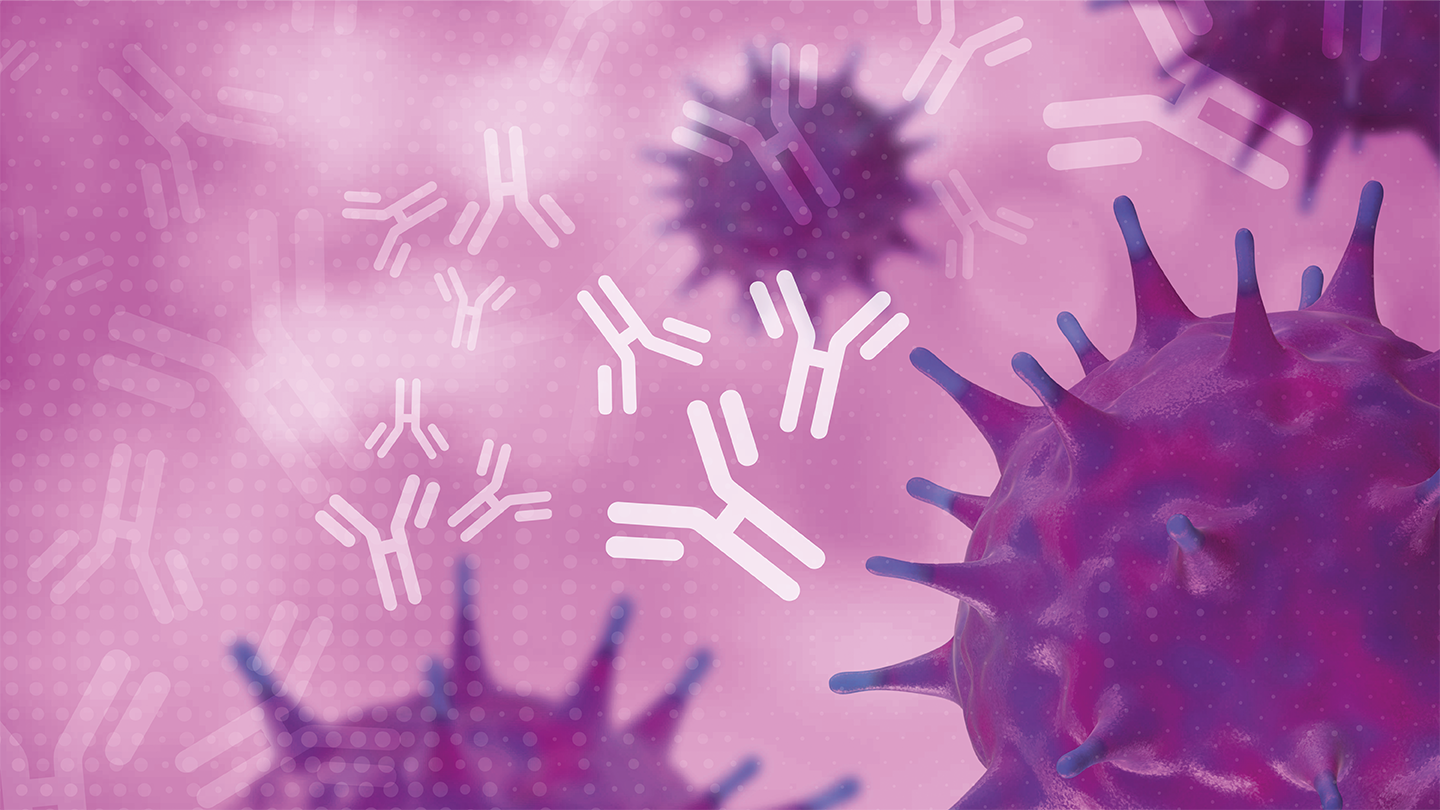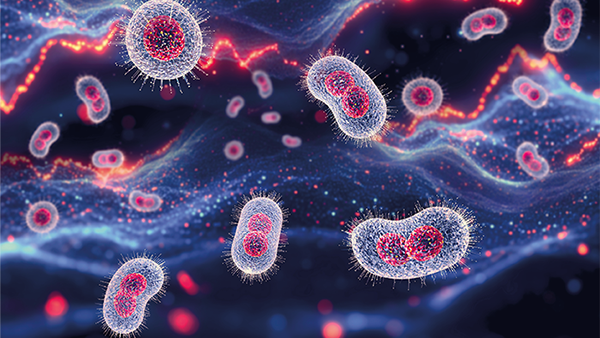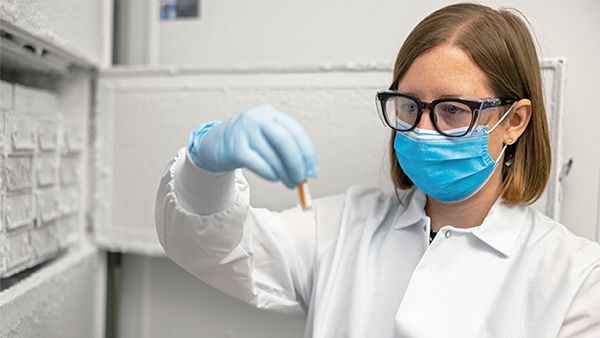Live at ECCMID: Day 4
It’s fungi’s time to shine
Welcome back to the fourth and final day of ECCMID. It’s been a whirlwind few days, but I wouldn’t have it any other way. For today’s highlight, I attended Belinda Ostrowky’s (Albert Einstein College of Medicine and the CDC) talk on Candida auris, which was all the more timely given that it is currently spreading at an alarming rate in US hospitals. Ostrowsky touched upon five key topics in her talk: C. auris epidemiology; why it’s so transmissible and difficult to control; advances in this area; management of C. auris; and challenges and successes.
Why the fuss about fungi: emerging mycoses
Candida auris, an expanding global threat
Belinda Ostrowsky, United States
C. auris is a yeast that can cause invasive infections and is often resistant to multiple antifungals. There has been simultaneous emergence of different strains worldwide and the clade currently circulating in New York is almost inherently resistant to azoles.
Europe and the US have both seen increasing cases of infection, with more and more US states reporting their first cases. Ostrowsky reports that 10–15 percent of individuals who are colonized with C. auris develop clinical infection, and that when these patients’ steps are traced, many of them have been to multiple healthcare facilities. In fact, skilled nursing facilities (SNF) caring for ventilated patients (vSNF) are disproportionately affected by C. auris compared with other SNFs.
Who are C. auris patients in the US? Ostrowsky starts by describing those they are not seeing large case numbers in, such as patients who i) are neutropenic, ii) are children, iii) have come from communities without exposure to healthcare facilities, and iv) have no comorbid medical conditions. On the other hand, they are seeing larger numbers of C. auris patients who i) are on ventilators, ii) have wounds, lines, or drains, iii) are over 65, and iv) are nursing home residents with frequent hospitalizations and visits to acute care.
One issue, Ostrowsky notes, is that patients are often colonized for the long-term primarily on the skin, but also in places you wouldn’t expect. It can be persistent for many months and there is currently no routine or known decolonization strategies.
In a study in Chicago, US, researchers found that hospital patients with more C. auris on their skin had more C. auris in their surrounding healthcare environment, demonstrating that patients can shed C. auris into their surroundings which can actually persist for weeks. Other research has also found C. auris on rolling medical equipment, devices, patient rooms. Could this explain why we are seeing it spread predominantly at certain healthcare facilities?
Not all “fungicidal” disinfectants are effective against C. auris, but Ostrowsky says there have been studies investigating which ones kill the pathogen. The US Environment Protection Agency has also reviewed laboratory testing data and published a list of products that are registered for use with C. auris.
Laboratory testing for C. auris is also improving; for example, the development of a rich media so we can isolate C. auris; MALDI-TOF and an upgrade to the library so it is now easier to identify the fungus; and a new real-time PCR assay that allows for accurate and rapid screening of C. auris.
Getting back to basics in infection prevention and control, Ostrowsky says that hand hygiene, PPE, and environmental cleaning and disinfection are necessary, but screening is also crucial. Given what we know about C. auris, using point prevalence surveys to screen whole units of hospitals is needed because rolling equipment may be positive, not just a roommate or close contacts. It is also worth undertaking admission screening for patients who come into acute care from high-risk environments. Healthcare workers can then isolate the patient or cohort; however, this becomes complicated in facilities like nursing homes or vSNFs because patients often have more than one infection or health issue.
Regarding rates of aggregate resistance, Ostrowsky highlights that the clade seen in New York is almost inherently resistant to azoles, but in Chicago it’s a different clade with different resistance rates. She also reports that pan-resistance has increased three-fold in the US between 2019–21, but it is still rare. The first three CDC-confirmed pan-resistant C. auris cases were found in New York, but were unrelated.
To identify resistance, Ostrowsky presents research into a TaqMan chemistry probe-based assay for rapidly detecting echinocandin-resistance in C. auris. The test was found to be highly specific and did not cross-react with other Candida – demonstrating a potential faster way to identify resistance.
Toward the end of her talk, Ostrowsky flips the conversation so it’s not all doom and gloom – highlighting that New York has been dealing with C. auris for six years now and, although it can be highly resistant, we now know more about transmission, laboratory testing and disinfectants have improved significantly, and there are potential new treatments in the pipeline.
As long as efforts are made to identify cases early, slow the spread of disease, and prevent colonization progressing to infection, Ostrowsky believes we can combat C. auris and is hopeful for what is to come.





